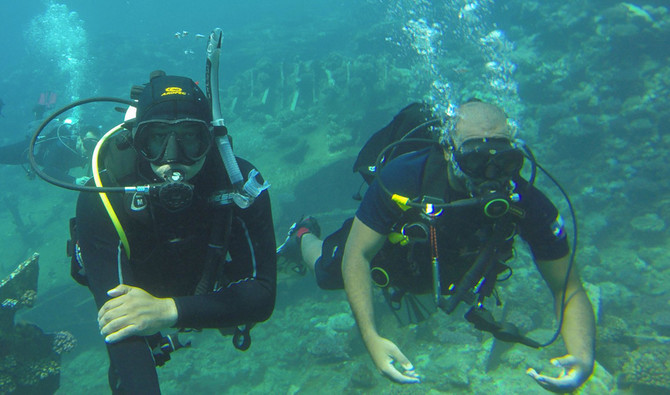In a world where communication goes far beyond spoken words, body language has emerged as a critical tool for understanding not only those around us—but also ourselves.
When we feel stressed, our bodies often reveal what we’re trying to hide through a complex array of involuntary physical signals, long before we ever articulate our emotions.
Why Does Stress Show in Our Body?
Stress is both a psychological and physiological response to perceived challenges.
When we feel under pressure, our bodies release adrenaline and cortisol, triggering physical changes designed to prepare us for “fight or flight.” These changes manifest in subtle yet recognizable ways—especially in our posture, facial expressions, and gestures.
Key Stress Signals in Body Language (In Depth):
1. Hands and Arms:
Constant hand-rubbing: A subconscious effort to self-soothe or relieve anxiety.
Crossed arms: A defensive posture indicating emotional withdrawal or discomfort.
Finger tapping or nail picking: Often reveals nervous energy being discharged through repetitive motion.
2. Feet and Legs
Foot tapping or shifting weight: Signals restlessness and internal agitation.
Tightly crossed legs or shrinking posture: Suggests a desire to retreat or protect oneself.
3. Eyes and Facial Movements:
Avoiding eye contact: A sign of discomfort, insecurity, or concealment.
Frequent blinking or darting eyes: Reflect cognitive overload or stress-related distraction.
Lip biting or pursing: Indicates emotional suppression or internal conflict.
4. Jaw, Face, and Mouth:
Jaw clenching or cheek tension: Involuntary muscular response to psychological pressure.
Touching the face repeatedly (chin, nose, ears): An anxious habit linked to emotional release.
5. Voice and Breathing:
High-pitched or shaky voice: A clear sign of nervousness or lack of confidence.
Rapid or shallow breathing: Reduces oxygen flow to the brain, impairing focus and decision-making.
Why Understanding These Signals Matters
Becoming fluent in the body’s stress language allows us to:
Improve interpersonal awareness, especially in sensitive or high-stakes environments.
Regulate our own stress responses, using breathing techniques or posture adjustments.
Decode unspoken emotional cues during interviews, negotiations, or conflict resolution.
Recognizing stress in body language is not just about reading others—it’s about gaining deeper insight into ourselves.
Because the body often speaks before the mind is ready to follow.

















